From Cradle to Classroom
From Cradle to Classroom
A Guide to Special Education for Young Children
Nicholas D. Young, Elizabeth Jean, and Anne E. Mead
ROWMAN & LITTLEFIELD
Lanham Boulder New York London
Published by Rowman & Littlefield
A wholly owned subsidiary of The Rowman & Littlefield Publishing Group, Inc.
4501 Forbes Boulevard, Suite 200, Lanham, Maryland 20706
www.rowman.com
Unit A, Whitacre Mews, 26-34 Stannary Street, London SE11 4AB
Copyright 2018 by Nicholas D. Young, Elizabeth Jean, Anne E. Mead
All rights reserved . No part of this book may be reproduced in any form or by any electronic or mechanical means, including information storage and retrieval systems, without written permission from the publisher, except by a reviewer who may quote passages in a review.
British Library Cataloguing in Publication Information Available
Library of Congress Cataloging-in-Publication Data
ISBN 978-1-4758-4252-4 (cloth)
ISBN 978-1-4758-4254-8 (electronic)
 The paper used in this publication meets the minimum requirements of American National Standard for Information SciencesPermanence of Paper for Printed Library Materials, ANSI/NISO Z39.48-1992.
The paper used in this publication meets the minimum requirements of American National Standard for Information SciencesPermanence of Paper for Printed Library Materials, ANSI/NISO Z39.48-1992.
Printed in the United States of America
Dedications
Nicholas D. Young
I wish to dedicate my contributions to this book to my son, Maxwell (Max). Of course, at fifteen years old and over six feet, two inches, he may not completely appreciate being singled out at the moment as my baby. Max was born nearly 24 inches long and has contributed mightily to my grocery bill ever since. When he was a little over three years old, he told me, in response to a perceived injustice, that he would not be treated a certain way because he was a horman bean. This has become somewhat of a joking point ever since. His early requests to jump on the cramp and cream when referencing the trampoline in our backyard are equally memorable. May Max find the life path that makes him happy and know that his family will be there to support, love, and encourage him along the way. And may craftsmen understand the need to make a few extra-large cradles for those of maximum size like him, who will come along from time to time.
Elizabeth Jean
To my grandchildren, Nathan and Kaley. They are bright shining stars in a big, crazy world. It is with great anticipation that I look forward to watching them grow from the infants they are now, to the preschoolers they will soon be, and the students they will become in the not-so-distant future. Their hopes and dreams are limited only by what they cannot imagine. My wish for them is to be brave, be bold, and be great.
Anne E. Mead
To all the teachers who work with children with special needs: may you have the courage to experience the joy children bring to your classroom and have the fortitude to continue to do your very best to plan for classrooms that are inclusive.
Contents
The journey from cradle to classroom begins with so much hope and potential. From the moment of conception to the day a young child walks into the classroom for the first time and begins formal schooling, the foundation for future learning is laid. Every teacher, every learning opportunity to come, will involve an interaction between the childs social, cognitive, and physical self and will initially be limited or supported by the foundation of development that is built through experiences and interactions in the earliest years.
Like a set of nesting dolls, a childs development begins by bonding with its mother, expands to include the connections and experiences made within the extended family and the family environment, depends upon the ongoing awareness of the childs pediatrician and his or her collaboration with caregivers, and if needed, should include access to the network of early interventionists available to support early development.
This ecological model of child development recognizes that the childs family, school, community, and social and cultural context influence growth and development and must be considered and addressed when we are seeking to understand and support children and families as part of the assessment and intervention cycle (Losardo and Notari Syverson, 2011). Likewise, emerging brain science emphasizes the interconnectedness of the brain and the body and the influence of experience and culture on learning and development (National Scientific Council on the Developing Child [NSCDC], 2010a).
Our genetic beginnings may gift us with attributes or may leave us vulnerable to developmental difficulties. What is clear is that our early experiences, whether we are nurtured or not, impact the foundations of brain development in ways that may later influence how efficiently we process language, how resilient we are under stress, and how our attention and memory systems develop. Early development is a time of enormous potential and a time when stress and lack of appropriate stimulation and engagement can negatively impact our later ability to learn.
The network of relationships and experiences, within which the childs development is seen, understood, and responded to, form the early foundation for learning. Any breakdown in normal development, as well as in the network that supports the child, will bring that youngster to the door of kindergarten with less potential for success.
Language Development Begins in Infancy
Research suggests that foundational skills for later language development form in the first months of life as part of early brain development (Benasich, Choudhury, Realpe-Bonilla, and Roesler, 2014; Maassen, van der Leij, Maurits, and Zwarts, 2012). Animal studies suggest that there is a critical period in the early development of the auditory cortex and, at this critical time, experiences with language and genetic risk factors interact to determine how efficiently the temporal patterning of speech sounds is organized (Benasich and Choudhury, 2012). In the first months of life, infants construct a phonemic map of language sounds; processing, discriminating, and acquiring language begin at this early stage of development (Benasich and Choudhury, 2012).
A family history of learning disabilities puts a child at greater risk for developing them (Benasich and Fitch, 2012; Grigorenko, 2012; LoTurco, Tarkar, and Yue Che, 2012). Studies of childrens processing speed, memory, and discrimination, from infancy (starting at six months of age) through age ten, indicate that infants of parents with a history of language-learning disorders had less efficient and rapid auditory processing abilities than same-age peers from control groups, and that this was highly predictive of later delayed language development (Benasich and Choudhury, 2012).
The tendency for dyslexia to run in families has been noted since the late 1800s (LoTurco et al., 2012). Research conducted in the 1950s that compared monozygotic and fraternal twins, and many subsequent studies, have established an increased risk for the inheritance of learning disabilities of between 30 percent and 75 percent, depending on the study (LoTurco et al., 2012; Marino, Mascheretti, Facoetti, and Molteni, 2012). Advances in the field of genetics have led to the identification of several genetic markers currently being researched through animal models. Researchers suggest that each childs specific genetics and the environment they grow up in together influence development and level of risk for learning disabilities (Hoff and Tian, 2005; Marino et al., 2012).
Students still struggling with reading by third grade are often identified with dyslexia. Ferrer et al. (2015) suggest that 17 percent to 21 percent of the school population experiences developmental dyslexia and that 80 percent of children identified with learning disabilities are identified with dyslexia. Having analyzed a sample of 414 children from the Connecticut Longitudinal study, Ferrer et al. (2015) concludes that the achievement gap between typical and dyslexic readers is present at first grade and persists, with very little change, into adolescence.

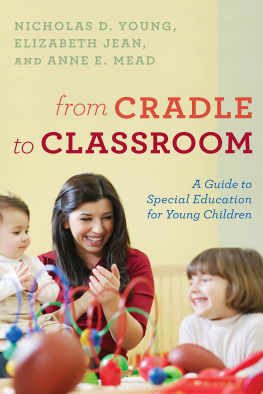
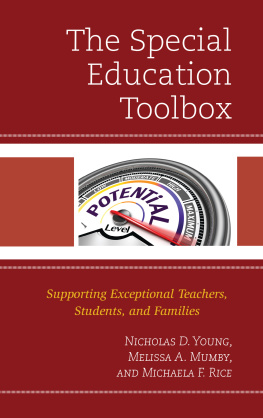
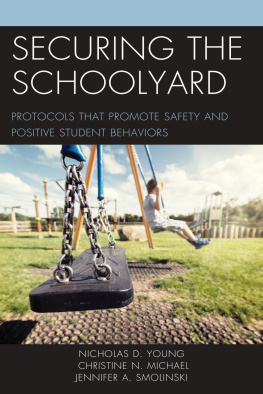
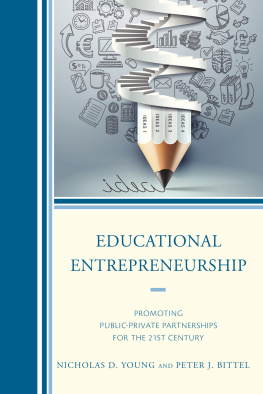
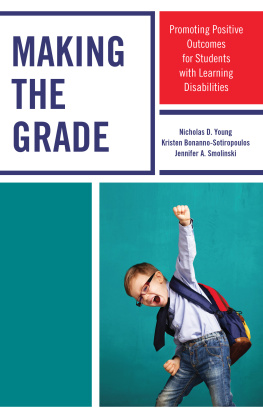
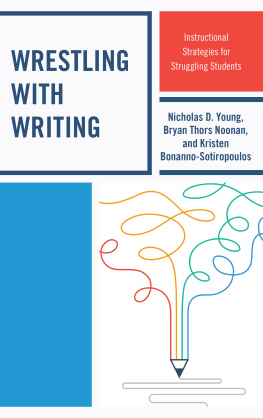

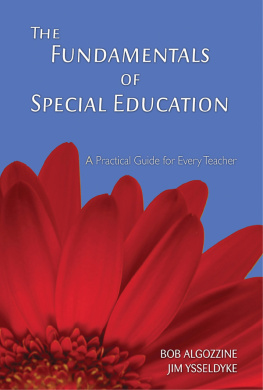
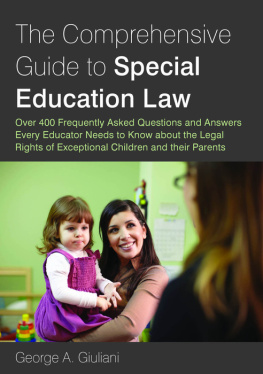
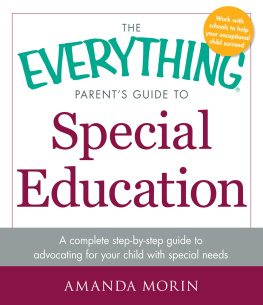
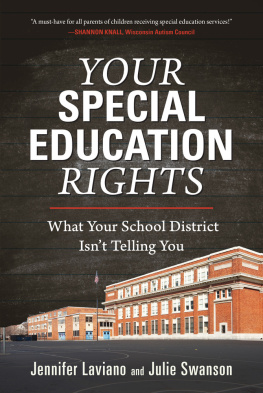
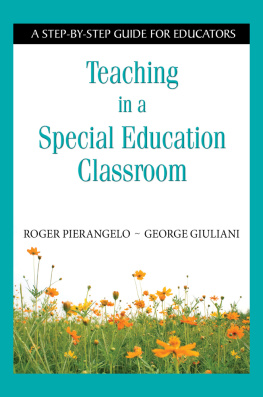
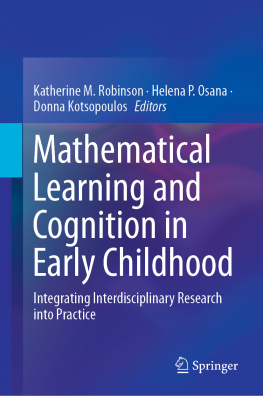
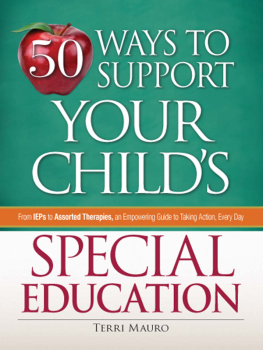

 The paper used in this publication meets the minimum requirements of American National Standard for Information SciencesPermanence of Paper for Printed Library Materials, ANSI/NISO Z39.48-1992.
The paper used in this publication meets the minimum requirements of American National Standard for Information SciencesPermanence of Paper for Printed Library Materials, ANSI/NISO Z39.48-1992.